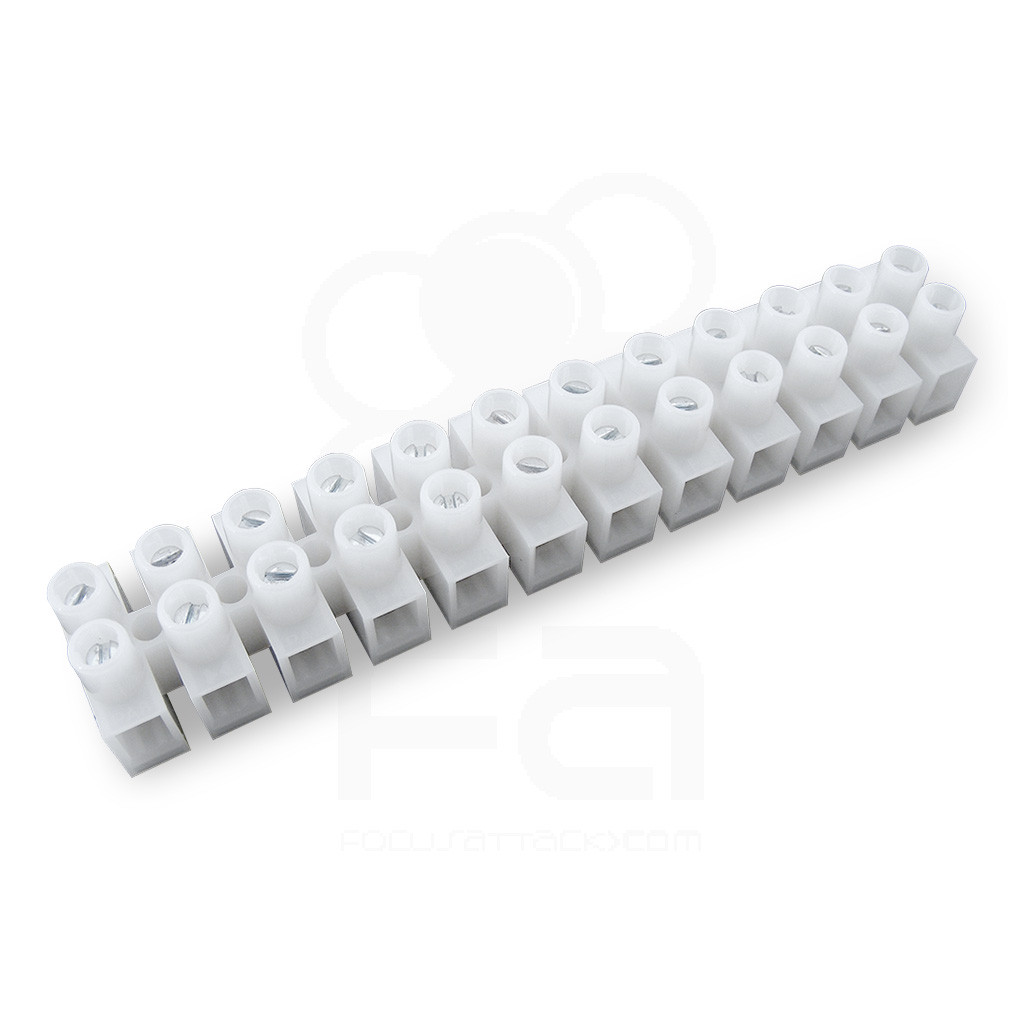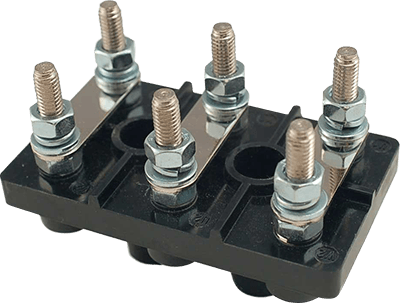mwr
Aluminum
- Joined
- Apr 1, 2009
- Location
- Southern California
Sorry if this isn't the ideal forum for this, I couldn't think of a better one.
I need a few of these connectors which I don't even know a name for. It is a threaded cylindrical screw terminal about 10mm dia and 15mm long, with a post down the middle to squish a wire at the bottom of a slotted, threaded post. Hopefully the pics will explain it all. I could make them but if they're something common then I'd rather spend my time doing something else.. Thank you
I need a few of these connectors which I don't even know a name for. It is a threaded cylindrical screw terminal about 10mm dia and 15mm long, with a post down the middle to squish a wire at the bottom of a slotted, threaded post. Hopefully the pics will explain it all. I could make them but if they're something common then I'd rather spend my time doing something else.. Thank you






